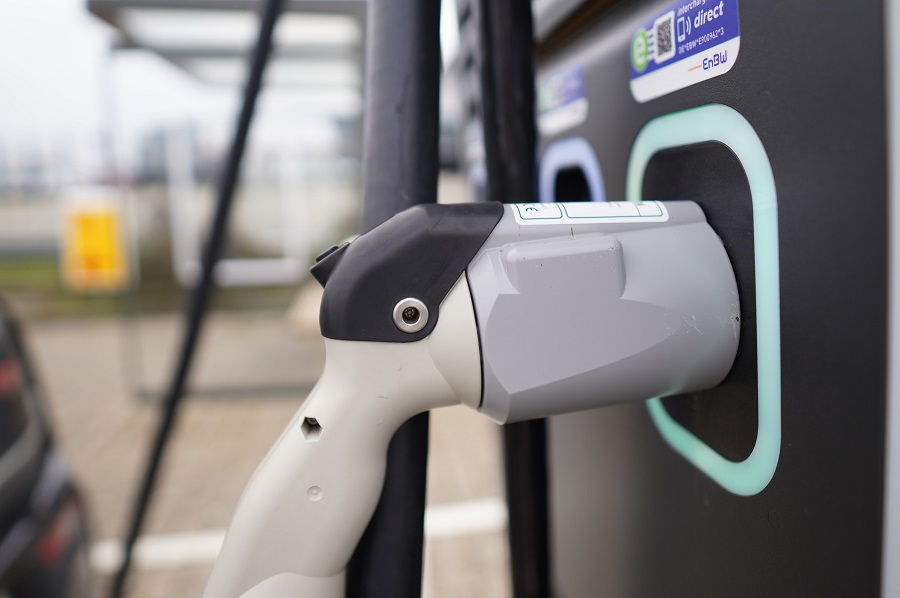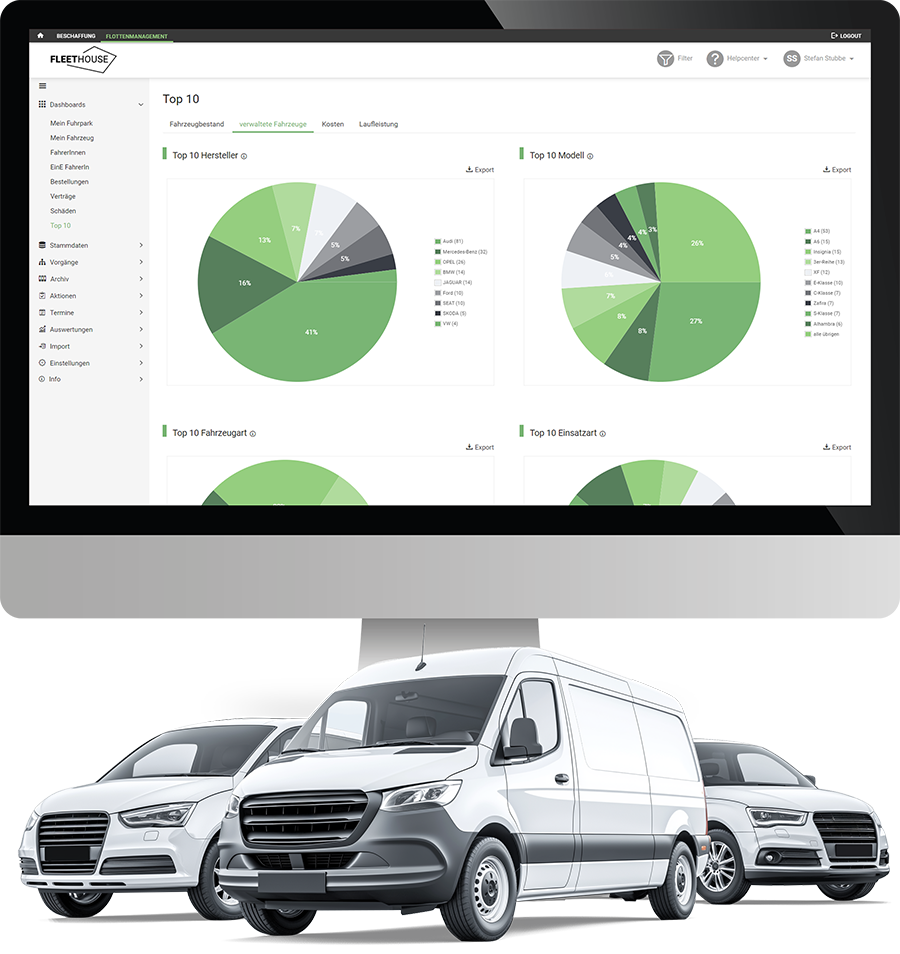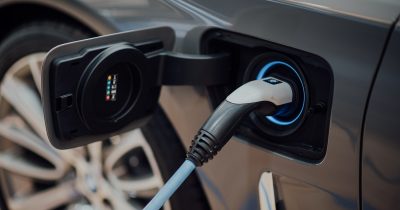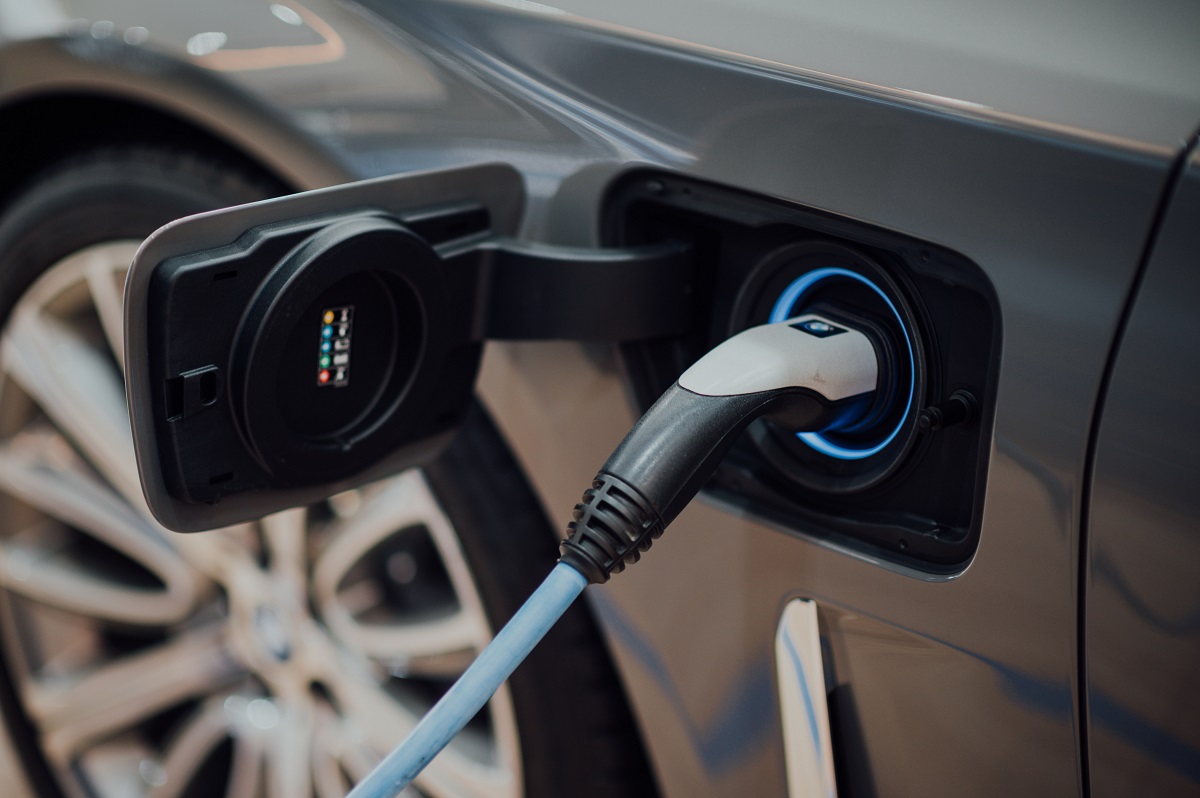Are you facing the challenge of making your fleet greener by integrating electric vehicles in times of growing environmental awareness? Would your company like to take advantage of the many benefits of e-mobility in your fleet, but are still unsure how to make the transition successfully? In this blog article, we will give you practical tips and advice on how you can easily integrate e-mobility into your fleet. From analyzing your vehicle requirements and setting up the right charging infrastructure to adapting your car policy and training your drivers – we have summarized all the important steps for the transition to a more sustainable and future-oriented fleet for you.
Contents
Analysis of the need for electric vehicles in the fleet
Analyzing your company’s current vehicle requirements plays a crucial role in integrating electric vehicles into your fleet. It is important to have a clear overview of what kind of vehicles you need for your business and for what purposes they are used. A thorough analysis by fleet management can help you identify which vehicles in your fleet can potentially be replaced by e-cars. Perhaps it is the cars for field service or the delivery vans for inner-city traffic that are particularly suitable for a switch to e-vehicles. By precisely analyzing your vehicle requirements, you can make informed decisions about electromobility and pave the way for an environmentally friendly fleet.
When assessing which vehicles are suitable for electromobility in the fleet, factors such as daily routes, charging infrastructure at the location and the range of modern electric cars should also be taken into account. Especially in companies with fixed routes and predictable operations, the electrification of the fleet offers considerable advantages – such as lower operating costs and greater efficiency in daily use.
It is also worth examining the existing processes in fleet management: Which journeys are really necessary and where could electric vehicles already be used economically today? This kind of analysis creates transparency, helps with the introduction of a sustainable e-mobility strategy and supports fleet managers. fleet managers to exploit the full potential of their own e-fleet.
External framework conditions such as subsidies, available charging points and legal requirements in road traffic should also be included in the planning. This will enable the gradual transition from vehicles with combustion engines to more efficient and environmentally friendly operation, which will contribute to sustainability of the company in the long term.
Cost and benefit analysis for e-mobility in the vehicle fleet
You should then carry out a detailed cost and benefit analysis in order to make a sound assessment of the economic impact of integrating electric vehicles into the fleet. The aim is to analyze the economic impact of the switch to electromobility for your company and to make well-founded decisions. Both the acquisition costs and the operating costs should be taken into account.
When comparing the purchase costs, it makes sense to compare the price of electric vehicles with similar conventional vehicles. Government subsidies and tax benefits can also play a role here, as they can reduce the purchase costs. It is therefore worth finding out about the available subsidy programs and including them in the cost analysis.
The operating costs must also be carefully calculated. Electric vehicles generally have lower energy costs compared to conventional vehicles, as electricity is cheaper than fuel. In addition, electric vehicles generally require less maintenance as they have fewer moving parts. A thorough analysis of these factors will enable you to recognize the long-term savings of using electric vehicles in your business.
For a realistic assessment, you should include the entire service life of the vehicles in your calculation. In addition to the purchase price,
Electrifying your fleet can also offer additional benefits that go beyond pure cost savings. An electrified fleet strengthens the company’s sustainable image, increases the efficiency of the entire operation and actively contributes to sustainability. By using modern e-cars and e-vehicles, you not only show responsibility towards the environment, but also secure long-term competitive advantages.
In the long term, investing in e-mobility pays off – especially if you exploit the potential of the vehicles with strategic fleet management. fleet management combined. This allows you to optimize charging cycles, efficiently control energy consumption and make the best possible use of your vehicles’ battery power. In this way, your company becomes part of a sustainable, economically viable and more environmentally friendly mobility strategy.

Plan and set up charging infrastructure for e-mobility in the vehicle fleet
In order for electric cars to be used optimally in the vehicle fleet, it is absolutely essential to set up a well-planned charging infrastructure (LIS) in advance. To do this, follow these three steps:
- Determine charging requirements: The first step is to determine the charging requirements in the fleet: How many vehicles are likely to be charged at the same time? What charging capacities and charging power are required to supply the vehicles efficiently? What routes and charging behavior of the vehicles can be expected?
- Planning locations:
Selecting locations for charging stations in the company is another important step. The stations should be easily accessible and centrally located, both at the company headquarters and at other relevant locations where the electric cars in the fleet are regularly used. Fleet management ensures that your e-cars can be charged efficiently without your drivers having to travel unnecessarily long distances. - Determine the type of charging stations: There are different types of charging stations, such as wallboxes, fast charging stations or AC charging stations. The choice of the right type depends on your vehicle fleet and individual requirements. Fast charging stations are suitable for vehicles with larger batteries and high mileage, for example, while wallboxes can be sufficient for daily charging requirements. Wallboxes can also be installed at the driver’s place of residence under certain circumstances. Remember to adapt the charging power of the charging points to the requirements of your electric vehicles to ensure efficient charging and optimal use.

Digitize your Fleet with Fleethouse
Manage data centrally, keep an eye on all deadlines and monitor costs
Technological developments and the future of electromobility in the vehicle fleet
Technological developments in electromobility are progressing rapidly and are constantly opening up new opportunities for companies to make their fleets more efficient and sustainable. Modern e-vehicles are now equipped with powerful batteries and advanced electric motors that enable a significantly greater range and lower operating costs than previous generations.
Due to the increasing electrification of the fleet, topics such as intelligent charging infrastructure, optimized charging points and digital fleet management systems are becoming more important. They help to better control energy flows, plan charging times and optimize the use of vehicles in daily operations. This not only makes electromobility in the fleet more practical, but also more economically attractive.
Another decisive factor is the use of fleet software solutions that analyze data on consumption, usage and charging behavior. This allows charging cycles to be adapted to actual demand and increases the efficiency of the entire e-fleet.
In the long term, the electromobility fleet will not only be characterized by technical innovations, but also by a networked interaction of vehicle, infrastructure and management software. Companies that focus on digital control and smart systems at an early stage will secure clear advantages in the competition for sustainable mobility and efficient processes.
Adaptation of the car policy for e-cars in the fleet
To successfully integrate electromobility into your fleet, you should adapt your company’s own car policy accordingly. With clear guidelines on the use of electric vehicles, you can ensure that their use runs smoothly.
The adaptation of the car policy for e-vehicles includes, for example, defining which types of electric vehicles are permitted and under which conditions they can be used. This also includes information on where and how the electric vehicles can be charged. These clear guidelines ensure that every electric car in the fleet is used efficiently and that all employees are informed about the relevant regulations.
Finally, when it comes to electromobility, companies should define an exclusion of liability for drivers. This can take the form of a written agreement in which the drivers are obliged to charge the fleet’s electric vehicles properly and to follow all safety instructions. This can minimize potential liability risks. In the worst case scenario, the company could be held liable for fires caused by a short circuit due to incorrect use during the charging process at the home charging station, for example.
E-mobility and sustainability as part of the corporate strategy
Electromobility in the vehicle fleet is far more than just a technological trend – it is a central component of modern sustainability strategies. Those who rely on electric vehicles not only reduce local emissions, but also make a measurable contribution to reducing CO₂ emissions and improving energy efficiency within the company.
An electrified fleet offers great opportunities, especially for companies that want to make their sustainability visible to the outside world. It strengthens the brand image, signals responsibility and supports the fulfillment of ESG goals. At the same time, companies benefit from lower operating costs, less maintenance and greater efficiency of the entire e-vehicle fleet.
But sustainability does not end with the use of electric cars. A holistic approach that encompasses the entire value chain is crucial – from the purchase to the use and recycling of the batteries. Companies that keep an eye on these processes create a stable foundation for more environmentally friendly and economically viable success in the long term.
The combination of electromobility, smart charging infrastructure and digital fleet management shows what sustainable mobility looks like today. It combines ecological responsibility with practical implementation and paves the way for sustainable operations that not only reduce the ecological footprint but also strengthen competitiveness.

Driver training for electric vehicles
In the Fleethouse e-learning course, drivers are also trained in the safe handling and special features of electric vehicles.
Driver training and regular courses on all aspects of electric cars
To ensure the smooth use of electric cars in the fleet, it is crucial to train your drivers in the special features of electromobility and electric cars. Safety aspects are the main focus here.
Driver training and regular training courses for electric cars ensure that your employees understand and master the safe handling of high-voltage batteries and electric drive systems. They are also given the knowledge they need to quickly recognize potentially dangerous situations and react immediately and appropriately. This also includes behavior in the event of accidents or emergencies.
Training drivers in the use of electric vehicles can help them to use the vehicles in the fleet more efficiently. This includes understanding range, charging behavior and the effects of different driving modes on battery performance. Drivers who use their vehicles efficiently can maximize range and optimize battery life.
Finally, training drivers in the correct use of the charging infrastructure is also important in order to make optimum use of the electric vehicles. This includes charging at different types of charging stations, understanding charging times and charging speeds, and connecting and disconnecting the charging cable correctly. Drivers should also be informed about how they can make the best possible use of the charging infrastructure in their own fleet.
Targeted further training helps to ensure that your employees not only handle electric vehicles safely, but also efficiently. Anyone who understands how the battery and electric motor work can adapt their driving behavior accordingly and reduce energy consumption. Trained drivers benefit from a more conscious approach to acceleration, recuperation and anticipatory driving, especially with electric vehicles with a long range.
Training courses also support the sustainable use of your e-fleet and strengthen the acceptance of e-mobility in the fleet. Many companies also use such training courses to provide internal information on topics such as sustainability, funding or new developments in electric mobility fleet strategy. This creates understanding and motivation among everyone involved.
Practical instruction on the company’s own charging stations or charging points is also important in order to avoid potential errors in daily operation. Drivers who know how to charge their e-car correctly and how different charging capacities affect the battery contribute to the reliable and economically efficient use of the vehicles. In this way, the electrification of the fleet is successfully implemented not only technically, but also organizationally.
Sustainable mobility requires a powerful battery as well as modern charging stations that provide sufficient energy both in public spaces and on company premises to ensure the reliable operation of electric motors, even for large fleets – an aspect that is becoming increasingly important, especially in industries such as medicine.
Arrange an online consultation appointment
Arrange your personal consultation appointment now. You can easily select a suitable appointment using our booking tool.

Anne Fuchs

Ciara Lazeta
The most important facts about e-mobility in the fleet at a glance
The integration of electric cars into the vehicle fleet requires a thorough analysis of current vehicle requirements and an assessment of the economic impact.
A suitable charging infrastructure is crucial for efficiently charging electric vehicles in the fleet. The locations of the stations for the fleet should be chosen strategically and the charging capacity adapted to the requirements of the vehicles.
The adaptation of the car policy and regular driver training are necessary to ensure the safe and optimal use of electric vehicles.
FAQ - Frequently asked questions about dummy text
Switching to electric vehicles offers companies several advantages. In addition to lower operating costs, companies benefit from tax breaks and possible subsidies for the purchase. Electric vehicles also require less maintenance, cause less wear and tear and contribute to economic efficiency by eliminating fuel costs. In addition, an electrified fleet strengthens the company’s sustainable image and significantly reduces CO₂ emissions.
The electrification of the vehicle fleet should take place gradually and strategically. The first step is to analyze vehicle requirements and select suitable e-vehicles. The appropriate charging infrastructure is then planned and integrated into the operational process. Charging times, energy consumption and costs can be optimally controlled with the help of modern fleet management systems. Driver training and an adapted car policy support the successful introduction of electromobility in the fleet in the long term.
When electrifying the fleet, investment costs for acquisition and charging infrastructure can initially represent a hurdle. The range and availability of charging points must also be taken into account, especially for larger companies with a large number of emergency vehicles. In addition, there are organizational challenges such as training, adjustments to the car policy or new processes in fleet management. However, these challenges can be overcome with careful planning and government funding.
Switching to e-cars is worthwhile as soon as the daily use of the vehicle is compatible with the available charging infrastructure and the total costs over the vehicle’s service life are economical. Electric mobility is ideal for companies with predictable routes, fixed locations and short charging times. Thanks to lower operating costs, subsidies and a strong signal in the direction of sustainability, the switch usually pays off after just a few years.
Further Fleet Knowledge
If you liked this article and would like to know more about this topic, we recommend these articles.

Fleet insurance for your vehicle fleet: this is what matters

Basic areas of fleet management

Further blog articles
Fleet management without Excel: How to save time and money
Measures for sustainable fleet management
Owner liability in the fleet: what fleet managers should bear in mind
Fleet app – how to manage your fleet digitally and efficiently
Software for fleet management providers: Carano in comparison with Fleethouse
Duties in the Fleet: UVV Instruction for Drivers
Test fleet management software free of charge – manage more efficiently, get started more easily
Corporate car sharing: advantages and tips for introducing it in your company
Vehicle management: importance in the fleet and helpful tips





